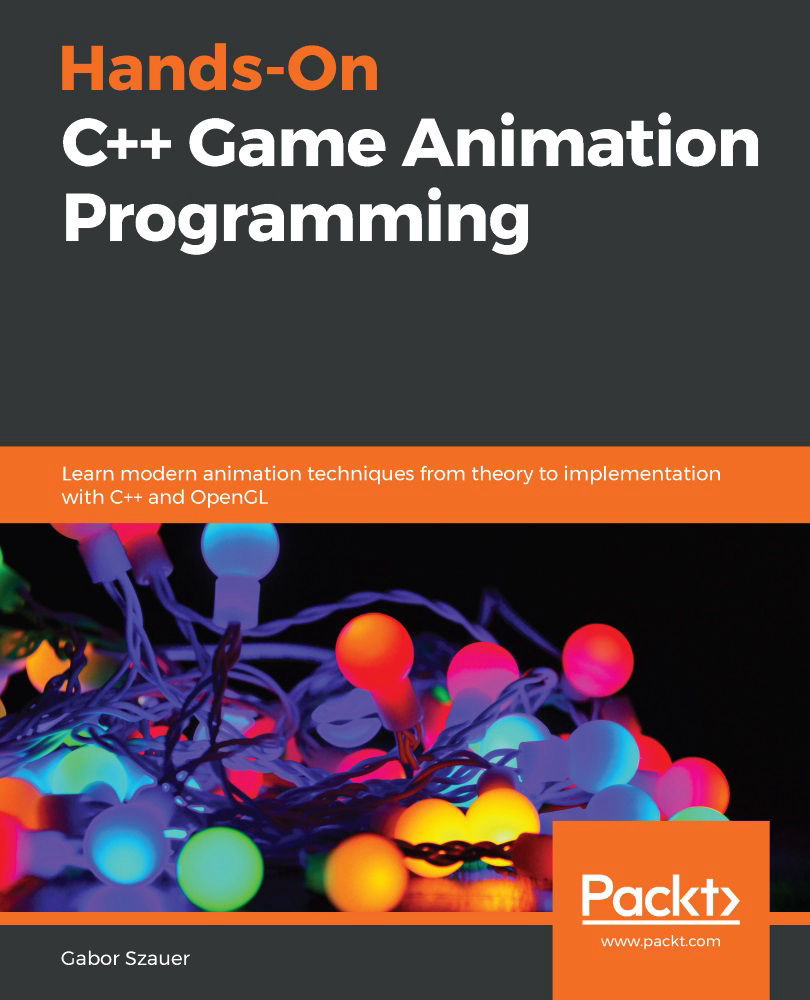Creating a window
In this section, you will create a window. This means you will be using Win32 API calls directly to open a window and control its life cycle from code. You will also set up a debug console that can run alongside the window, which is useful for viewing logs.
Important note
An in-depth discussion of the Win32 API is beyond the scope of this book. For additional information on any of the Win32 APIs, refer to the Microsoft Developers Network (MSDN) at https://docs.microsoft.com/en-us/windows/win32/api/.
To make logging a bit easier, two windows will be open at the same time in debug mode. One will be the standard Win32 window, and the other will be a console window for viewing logs. This can be achieved by setting the linker conditionally. In debug mode, the application should link to the console subsystem. In release mode, it should link to the window subsystem.
Setting the linker subsystem can be done through the project's properties or in code using...







































































